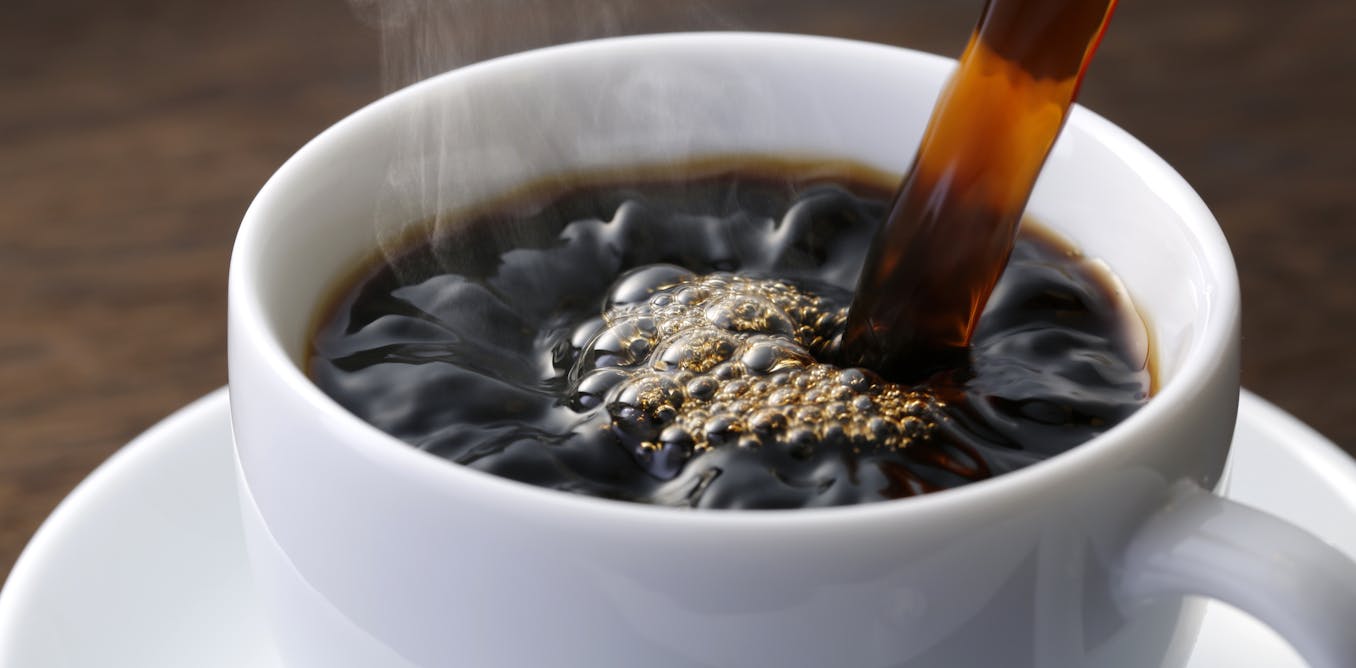
Espresso is the basis for the majority of the coffee and milk based beverages on the menu. The material expenses are around 15 cents to make a shot of espresso, and about 35-40 cents to make a cappuccino, latte or mocha ? Obviously, staffing, location and devices include a lot to the cost, but the low consumable costs vs. high list prices are among the main factors numerous coffee shops are emerging in the areas throughout America.
Follow the link for the full article cool facts about espresso.
This guide presents the useful information needed for you to choose the best espresso equipment for your home, workplace, or business. Without a strong understanding of the various espresso makers, the choice procedure might be rather overwhelming and confusing merely due to the fact there are numerous models to select from. This guide is not really short, however investing the time to read it will significantly boost your buying experience.
Espresso is just another technique by which coffee is brewed. There are various methods of brewing coffee that include making use of a range top coffee maker, percolator, French press (or coffee press), vacuum pot and others. Espresso is brewed in its own special method.
Espresso is a beverage that is produced by pushing hot water, between 192F and 204F, at high pressures, through a bed of finely ground, compressed coffee. The shot is brewed for roughly 25 to 30 seconds, and the same time uses to both a single or double shot (double baskets are larger, with more screen area, and the coffee flows quicker - single baskets limit the flow more, leading to 1.5 ounces in 25-30 seconds).
An espresso machine brews coffee pushing pressurized water near boiling point through a "puck" of finely ground coffee beans and a filter in order to yield a viscous, concentrated coffee called espresso. The first equipment for brewing espresso was developed and patented in 1884 by Angelo Moriondo in Italy. Check this Twitter Moments collection for an in-depth introduction to the espresso machine.
⚡️ “How to Choose an Espresso Machine” by @coffeeblogger1 https://t.co/sTC6SIx6Yw
— Coffee Lover (@coffeeblogger1) February 28, 2021
The resulting beverage, either a single or a double, is topped with a dark golden cream, called crema when brewed properly. Crema is one of the visual signs of a quality shot of espresso. Consuming an espresso is in itself an art form of sorts. In Italy, where most real espresso is bought in a cafe, it is customary to raise cup and saucer, smell the shot, and consume it in 3 or 4 quick gulps. You finish the "ceremony" by clacking the cup back on the saucer in a firm however not-too-hard manner.
Espresso is confusing because typically, it isn't ready properly. Real espresso, brewed with a pump or piston driven espresso maker is extremely demanding on the poor coffee bean grinds. However before we enter the relative 'torture' that ground coffee is executed to produce a superior espresso, let us take a step back and talk about a bit more the misunderstandings about the beverage.
Espresso is not a type of bean: This is a typical mistaken belief, and inaccurate marketing by coffee chains, supermarket, and even word of mouth provide the impression that espresso is a type of bean. Any coffee bean can be used for espresso, from the most common Brazils to the most exotic Konas and Ethiopian Harar coffees.
Espresso is not a type of coffee beans blend: This one is likewise a typical misunderstanding, but with some fact to the claim because there are specific blends designed for espresso. The problem is, many people believe there is only one kind of blend that is suited for espresso. Many high quality micro roasters would disagree with this - Roaster Craftsmen the world over work vigilantly by themselves version of "the perfect espresso blend".
Espresso is not a Roast Type: Another popular mistaken belief is that espresso can only be roasted one method (and generally the idea is that espresso should be incredibly dark and shining with oils). The Northern Italian way of roasting for espresso is producing a medium roast, or more typically known as a "Complete City" roast if you like on the west coast of the U.S.A..
Espresso is the basis for many of the coffee and milk based drinks on the menu. Espresso is a drink that is produced by pressing hot water, between 192F and 204F, at high pressures, through a bed of carefully ground, compressed coffee. True espresso, brewed with a pump or piston driven espresso machine is very demanding on the poor coffee bean grinds. Espresso is not a type of blend: This one is likewise a common misconception, but with some truth to the claim in that there are particular blends designed for espresso. Espresso is not a Roast Type: Another popular misconception is that espresso can just be roasted one method (and normally the idea is that espresso should be extremely dark and sparkling with oils).
The full how to, and more espresso preparation content at Coffee-Brewing-Methods.com